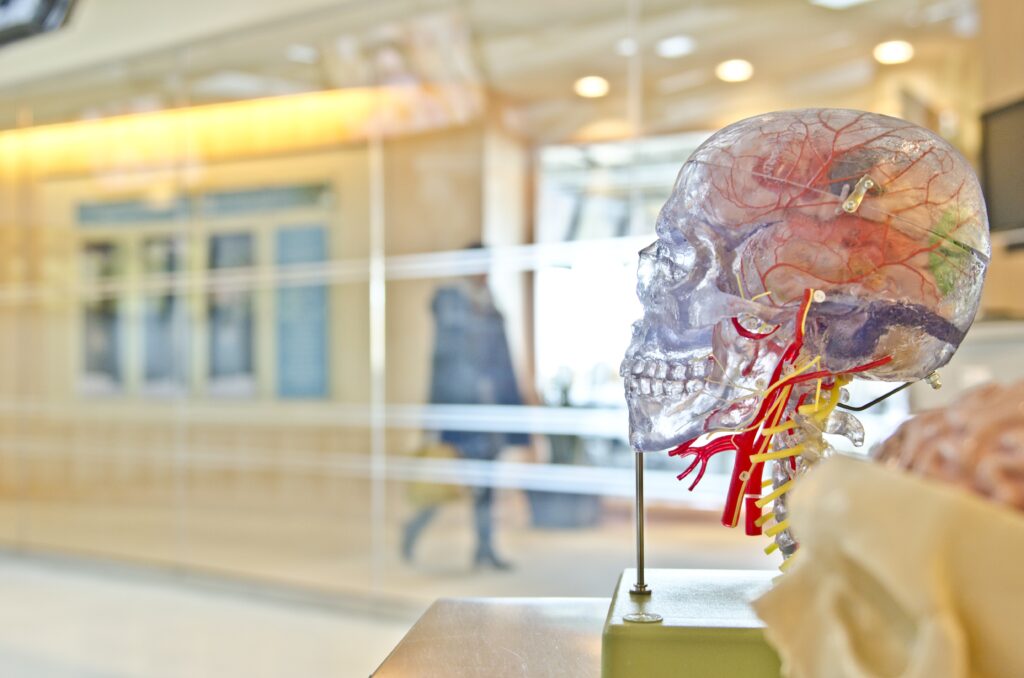Prostate cancer affects 1 in 6 Aussie men, and is the most commonly diagnosed cancer in Australia. It’s characterised by an uncontrolled rate of cell growth within the prostate that has the potential to metastasize (spread) to other parts of the body.
The prostate gland is situated within the pelvis and underneath the bladder. It’s responsible for producing the fluid needed for ejaculation. Other conditions that involve the prostate include prostatis (inflammation of the prostate) and benign prostate hypertrophy (non-cancerous enlargement of the prostate).
How does exercise help prostate cancer treatment?
Exercise is safe and effective in assisting in the treatment of prostate cancer. Evidence shows that prostate cancer patients with higher energy expenditure experience a lower rate of death from prostate cancer.
In addition, being physically active can help to manage the symptoms of ADT (which is a common treatment method for prostate cancer).
Exercise can also help you to better tolerate cancer treatment. Relative dose intensity of treatment and ability to tolerate these treatments is higher in groups that have performed exercise during treatment cycles. This means that exercise may allow patients to receive and tolerate a greater percentage of their outlined treatment plan.
Outside of these specific benefits, strength and aerobic exercises have been found to:
• Increase blood flow – An increase in blood flow allows more oxygen to diffuse into the site of the tumour, which can offset the current hypoxic environment
• Improve immune function – Physiological processes, in combination with increased blood flow, allow more of the body’s immune system to flood the infected area.
• Help offset the effects of fatigue, sarcopenia (muscle loss), osteoporosis and cardiovascular fitness parameters.
• Reduce fat mass and body weight, while increasing lean body mass.
Exercise and cancer: Who to seek help from
When exercising with or post-prostate cancer, an individualised approach needs to be taken to meet your specific needs. This is why seeing an Accredited Exercise Physiologist (AEP) is the first and most important step in exercising right for prostate cancer.
What to expect when you see an AEP…
It all starts with initial consultation. Your AEP will often ask about:
• Your experience with prostate cancer
• Absolute and relative risks for you about to undertake an exercise program
• Side effects of the respective treatment you have undertaken
• Current movement and overall fitness capacity
• Previous injury history
• Your exercise goals
Your AEP uses this information to build a program that is safe, effective and individualised to you!
Exercise therapy is adapted based on many factors, including:
• Your response to exercise – your AEP will track things like heart rate, blood pressure and rating of perceived exhaustion (RPE) to understand your body’s response to exercise.
• Treatment cycles – they will know when to reduce load or use progressive overload principles to modify your program.
• Symptoms – they will consider treatment-associated symptoms such as urinary incontinence, cancer-related fatigue and bone pain.
Speak to the exercise professionals:
In Australia, there more than 9,000 Accredited Exercise Physiologists who are highly trained to support you to develop and implement a safe, effective and personalised exercise plan.
Your AEP will understand the nature of whatever condition you may have, and be able to properly assess you, design a plan suited to your needs, and then support you through not only the good times, but the challenging times too.
It is important that you monitor any symptoms that you may experience during or immediately after exercise and convey these to your exercise professional as soon as possible. In that way, any new symptoms or worsening of your condition can be dealt with appropriately so that you can quickly get back to exercise and a healthy lifestyle.
Find your local Accredited Exercise Physiologist today.
Written by Adam Luther, an Accredited Exercise Physiologist (AEP) at MK Movement.
Reference List
1. Australian Cancer & Incidence Mortality (2016) – Australian Institute of Health & Welfare
2. Friedenreich, C., Qinggang, W., Neilson, H., Kopcuik, K., McGregor, S., & Courneya, K. (2016). Physical activity & survival after prostate cancer. Journal of European Urology. 70(4): 576-585
3. Hvid, T., Lindegaard, B., Winding, K., Iversen, P., Brasso, K., Solomon, T., Pedersen, B., & Hojman, P. (2016). Effect of a 2-year home-based endurance training intervention on physiological function and PSA doubling time in prostate cancer patients. 27(2): 165-174.
4. Courneya, K., Segal, R., Mackey, J., Gelmon, K., Reid, R., Friedenreich, C., Ladha, A., Proulx, C., Vallance, J., Yasui, Y., & McKenzie, D. (2007). Effects of aerobic and resistance exercise in breast cancer patients receiving adjuvant chemotherapy: a multicenter randomized controlled trial. Journal of Clinical Oncology. 25(28): 4396-4404.




